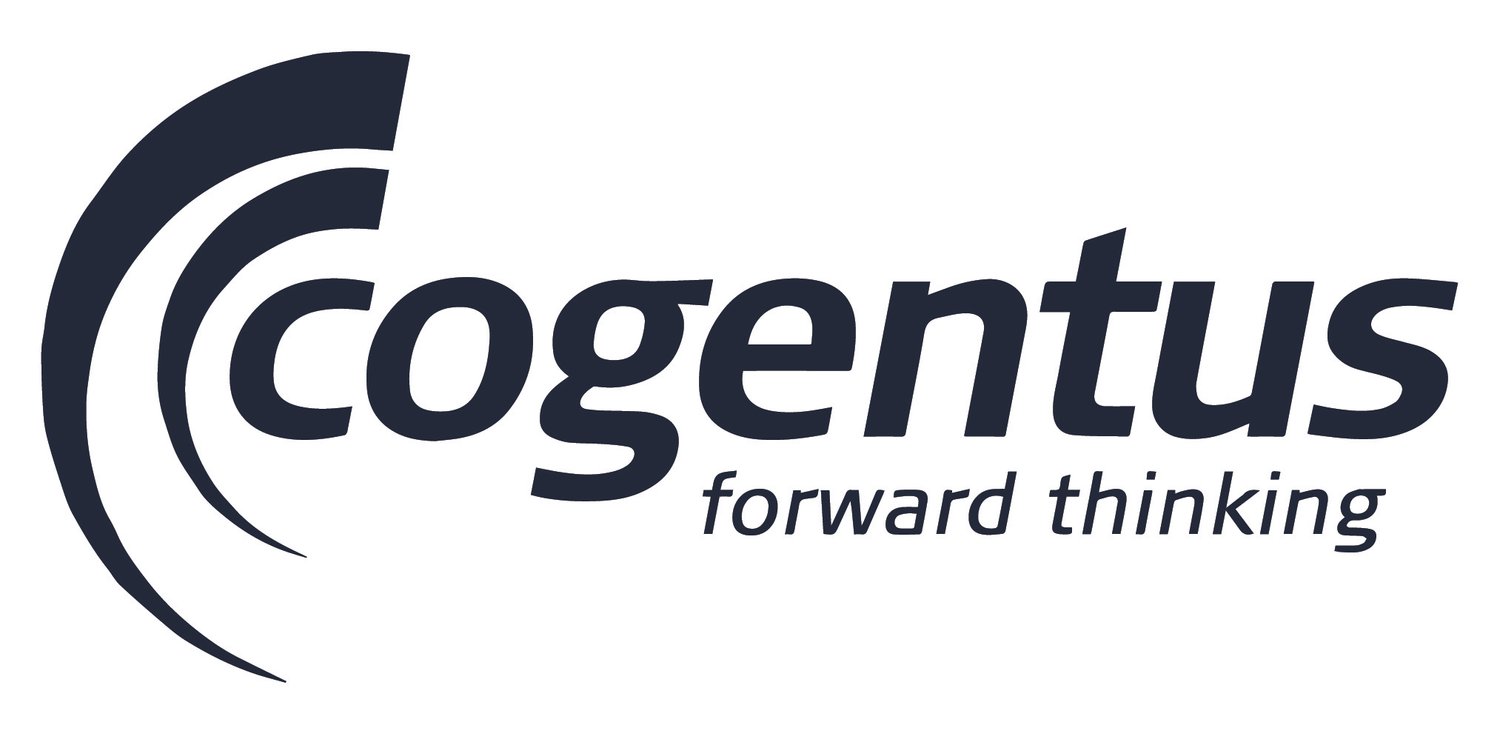This week Robin Murphy, an expert in rescue robotic, published an excellent taxonomy on the reported uses of robots for COVID-19. [Source]
This blog builds on the framework to show some real-world examples. It will be split into three separate blogs - one this week and two next week. This one will focus on Clinical and Logistics. The second on Public Safety, Remote Working and Public Outreach. The third will be on other technologies, products and ideas that have relevance and could be used or adapted. There are many possibilities around! They are all listed in the Idea Catalog if you want to find out more about a particular technology.
Decontamination
There are two main methods being used. The first is to spray a chemical (such as bleach, hydrogen peroxide or, at a pinch alcohol). The second is to zap the virus with ultraviolet radiation (UVC). Clearly the efficacy of both depends on a lot of factors and the deployment of robots will depend on access and the type of area to be decontaminated. Those working in the nuclear sector will recognise similarities from their industry. If you are interested, the BBC has done an interesting article on UVC - you do not want to be anywhere near it when it is in operation! [Source]
Telemedicine
The use of telepresence robots allows specialists to communicate with remote workers to provide a more efficient use of resources. This is starting to become a major element in clinical support and is, of course, applicable in many other industry sectors too where there is a small number of highly specialized staff and operations being carried out across the world in remote places.
Dispensing
The movement of goods including prescriptions, meals, laundry, etc is a perfect use case for robots in hospitals. It is a big market and there are quite a few companies producing such systems. Southmead Hospital in Bristol (UK) is a big first adopter of robotic technology and has been using these for a while.
Social Care
Self isolation can prove extremely difficult for the elderly. Japan has been a leading adopter in the use of robots in this area for a while as they have a high proportion of old people who live alone. Although some look like toys, they often have sophisticated AI engines that allows the robot to communicate with humans and learn as it develops.
Logistics
The transport and management of food, medicine, blood, etc is another area where there has been plenty of work in robotic solutions. The use of drones in Africa, for example, to transport essential medicine has been successfully trialled in many places. Food supplies for local deliveries is still in its infancy but robots in warehouses is common place.
Summary
This is just a small selection of technologies and in most cases there are dozens of similar examples in use or being developed across the world. The next blog will cover the three remaining areas - Public Safety, Remote Working and Public Outreach.
















